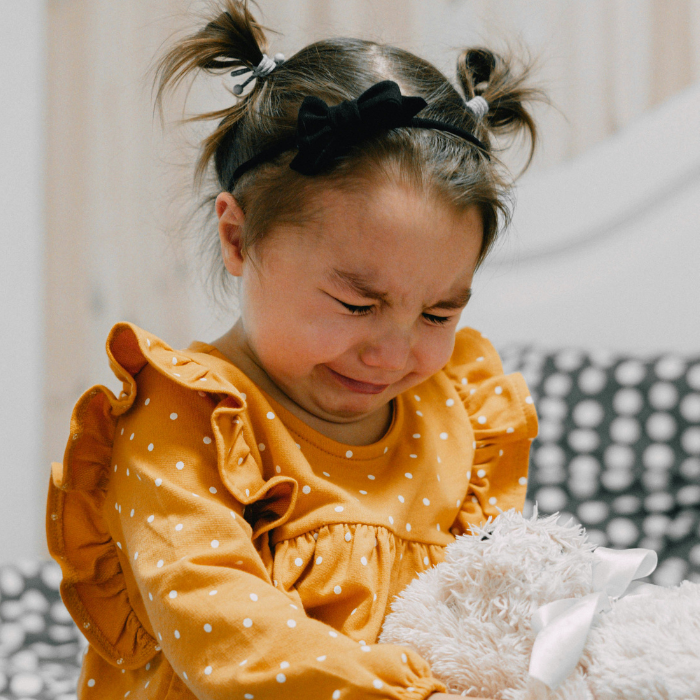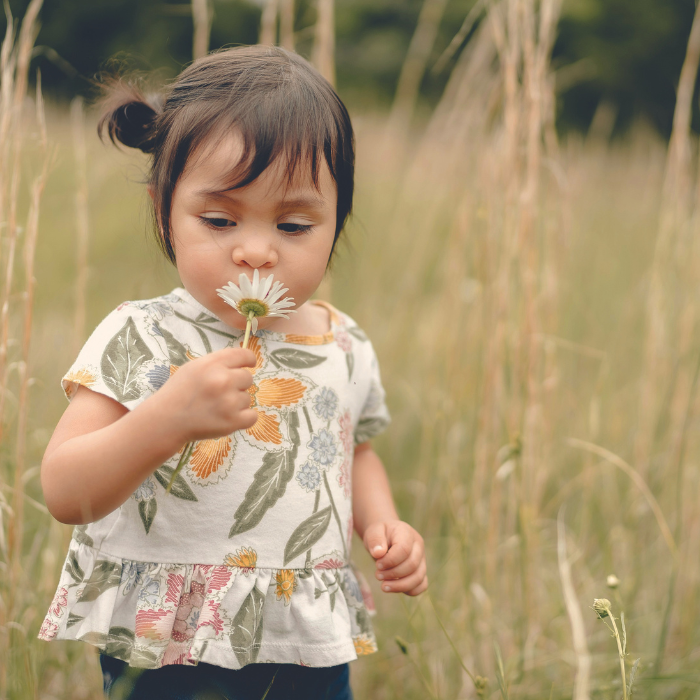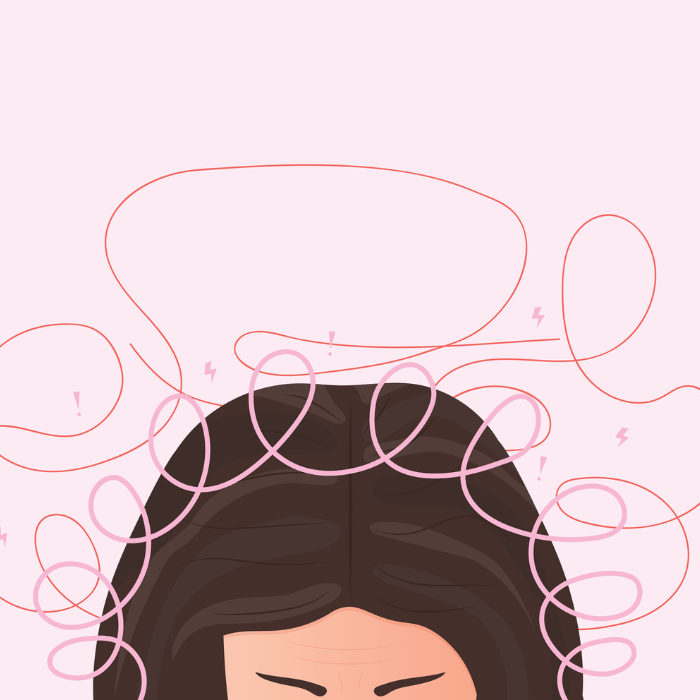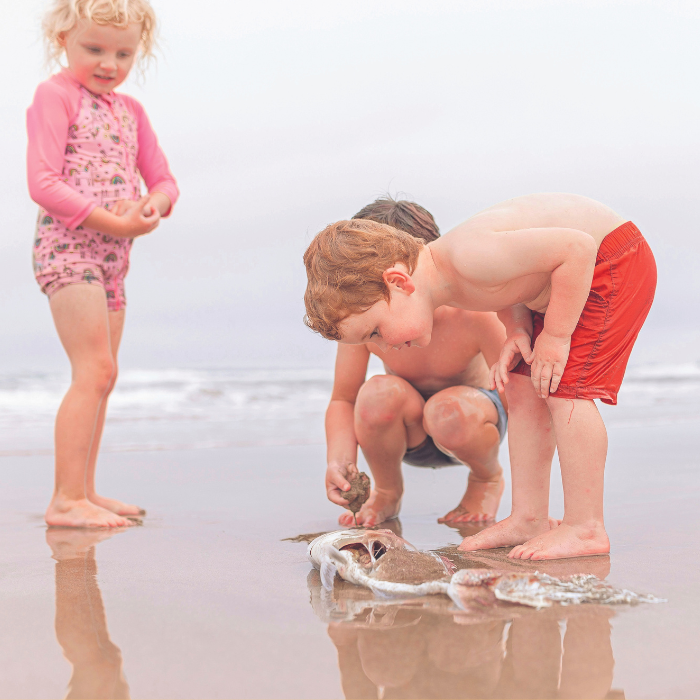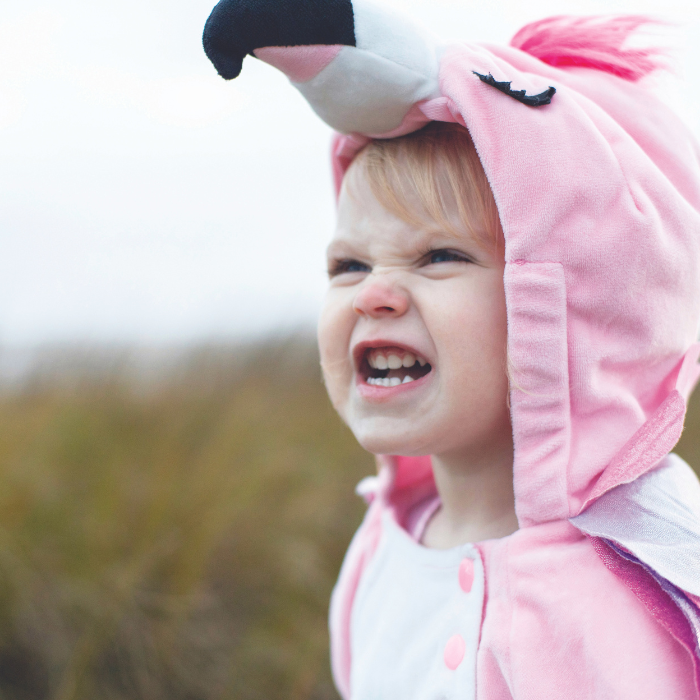
Did you know the practise of using horse therapy has existed for centuries, all around the world? Tiffany Brown tells us more!
In ancient Greece, Hippocrates wrote of the therapeutic benefits of horse riding for people with incurable diseases. In the 17th century, reference can be found to riding as prescribed for gout, neurological disorder, and “low morale”. In 1946, the therapy was introduced in Scandinavia as a treatment for polio. Therapeutic riding became popular in Europe in the mid-20th century, where Liz Hartel from Denmark was able to win a silver medal for dressage in the 1952 Olympic Games following treatment, despite the fact her legs had been paralysed as a consequence of the polio virus. But in the 1960s the therapy was widely standardised, with multiple organisations forming around the world, including our own New Zealand Riding for the Disabled Association, which kicked off in Hawkes Bay in 1962 when the President of the Pony Club Association, Tony Atchison, brought back information from Great Britain to form the first national groups.
Equine-assisted therapy is a general term used to describe treatments involving horses and other equine animals to promote human physical and mental wellbeing. Under its umbrella are the following:
Therapeutic riding
Therapeutic riding involves a team consisting of a riding instructor, two or more volunteers, and a specially trained horse, who together help an individual to both ride on and work with the animal on the ground.
Hippotherapy
Characterised by an occupational therapist, a physiotherapist, or a speech and language therapist working with an individual and a specially trained horse, hippotherapy was developed as an add-on to physical therapy, and involves instruction from the therapist to a handler to induce the horse to perform specially modulated movements to influence neuromuscular changes in the patient.
Equine-assisted learning (eal)
EAL is a learning framework promoting the development of life skills through equine-assisted activities.
Equine-assisted psychotherapy (eap)
Also known as equine facilitated psychotherapy, equine assisted therapy, equine facilitated wellness, equine facilitated counselling, and equine facilitated mental health, this may or may not involve riding horses. With more of a focus on grooming, feeding, and ground exercises, mental health professionals work with patients and horses in an experiential way to help individuals learn about themselves and others while processing their feelings, behaviours, and patterns.
Therapeutic carriage driving
This involves controlling a horse from a carriage seat or wheelchair in a modified carriage.
Equine-assisted activities
All of the above as well as horse grooming, stable management, shows, parades, and demonstrations. Equine-assisted therapy has shown a myriad of benefits for differently abled people through the interaction, riding, and care of docile horses. People with neurological diseases and disorders such as cerebral palsy, movement disorders, and balance problems can benefit from the rhythmical gait of the horse, which moves the rider’s pelvis in the same rotation and side-to-side movement as walking. The adjustment of their gait and this specific pelvic motion on the horse helps to promote strength, balance, coordination, flexibility, posture, and mobility. The therapy has also been used to treat autism, behavioural, and psychiatric disorders.
How can therapeutic riding help children?
Horse riding provides a wide range of benefits for cognitive, psychosocial, social, educational, and physical function, which is particularly beneficial for children with disabilities. Therapeutic riding can benefit children by improving speech and language, word fluency, and communication; improving sensory processing and social interaction; increasing engagement in learning; promoting physical relaxation; increasing emotional stability; and reducing hyperactivity and irritability.
New Zealand Riding for the Disabled Association
Through participation in goal-based riding activities, NZRDA aims to increase ability by providing 60,000 rides for more than 3,000 differently abled Kiwis each year. There are three core riding programmes: Education, Therapy and Rehabilitation, and Sport and Recreation. Each rider has a programme developed for their unique needs and situation. Over 80% of NZRDA’s riders are children. NZRDA provides riding opportunities for people with diverse conditions such as autism, cerebral palsy, cystic fibrosis, CVA (stroke), Down syndrome, intellectual disability, learning disability, hearing and visual impairments, multiple sclerosis, muscular dystrophy, spina bifida, and spinal cord injury. Horse riding with
NZRDA provides:
- An enjoyable, healthy outdoor exercise
- An exciting, challenging activity
- Therapeutic benefits
- Warmth and threedimensional movement from horse to rider
- Relaxation and suppleness
- Reduction in spasms
- Improvement in balance, posture and coordination
- Improvement in physical, psychological and social abilities
- Recreational and educational opportunities
Where to find your nearest NZRDA there are 55 riding for the disabled groups in local communities throughout every region of New Zealand. Go to rda.org.nz/our-services/find-yourlocal-rda to find your local group by list or by the interactive map.



